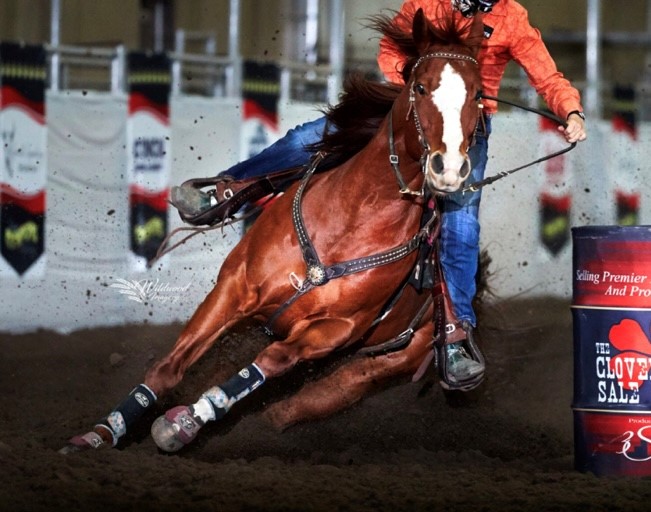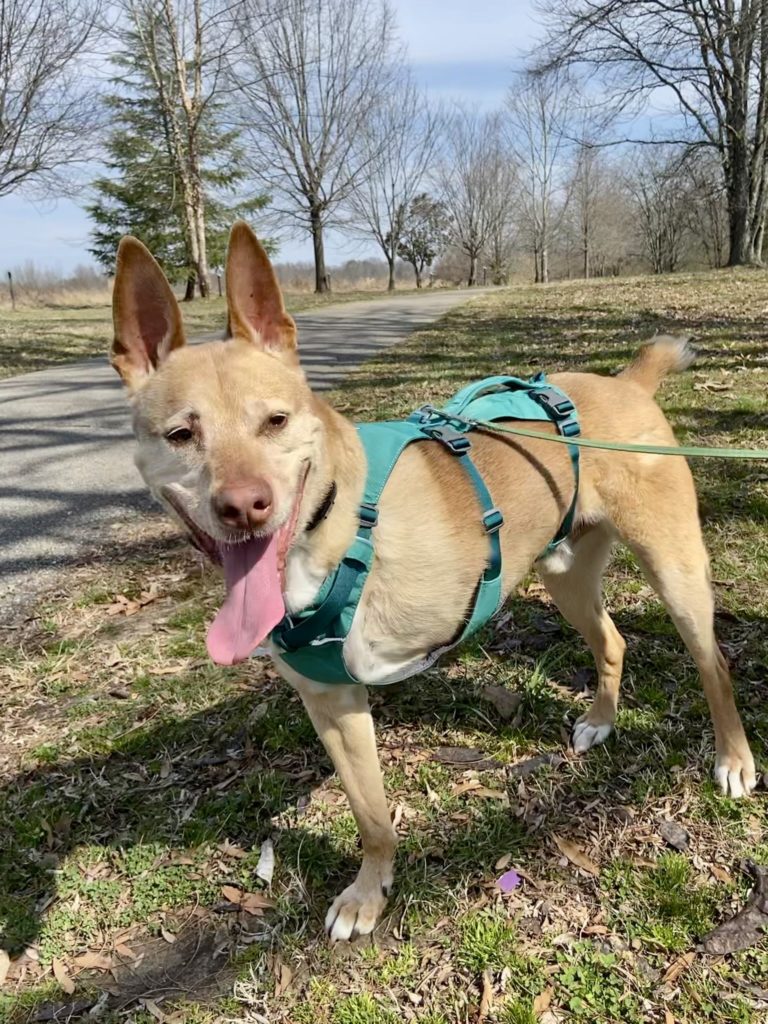VetStem Cell Therapy for Feline Asthma
While VetStem Cell Therapy is primarily used to treat orthopedic conditions, many patients have received stem cell therapy for alternate indications such as kidney disease, gingivostomatitis, and inflammatory bowel disease. Conditions such as these are still in the investigational stage, as there is minimal published data to demonstrate that stem cells are effective in treating these diseases.
That being said, it is well documented that stem cells have anti-inflammatory properties, which, theoretically, may make them effective at treating a wide range of inflammatory diseases and processes. One example of an inflammatory disease is feline asthma.

Asthma is defined as a chronic inflammatory process involving the tracheal, bronchi, and lung fields. Cats with asthma often have a chronic cough, acute respiratory distress, and vomiting. There is currently no cure for feline asthma so traditional treatment is focused on managing the disease with oxygen, inhalers, and steroids. As one can imagine, getting a cat to cooperate with using an inhaler is not always easy. And long-term steroid use comes with several negative side effects.
That’s where VetStem Cell Therapy comes in. Stem cells have the ability to home to areas of inflammation and down-regulate that inflammation. Not only can they control inflammatory processes, stem cells can also modulate the immune system, which may play a role in reducing the number of acute asthmatic episodes in an affected cat. Some cats have received VetStem Cell Therapy for asthma, and while much of the evidence is anecdotal at this point, we have received reports of improvement in symptoms and one case where the cat went into complete remission. That being said, we still have much to learn about using VetStem Cell Therapy to treat feline asthma. And it is important to note that every patient reacts differently to treatment with stem cells.




